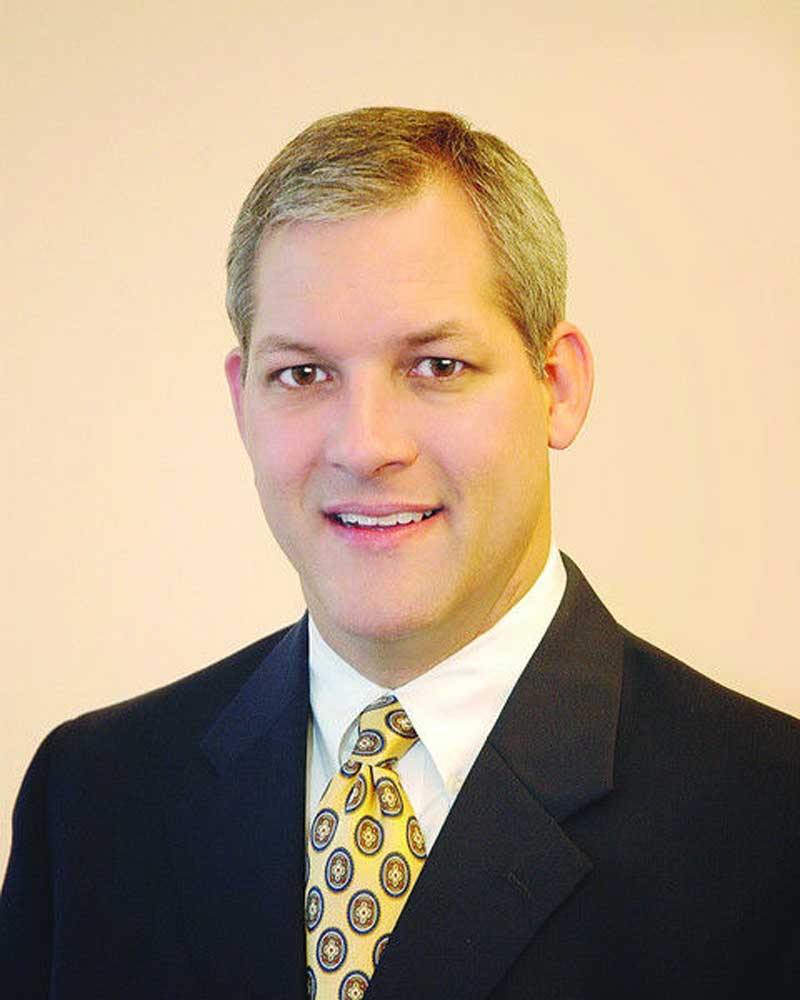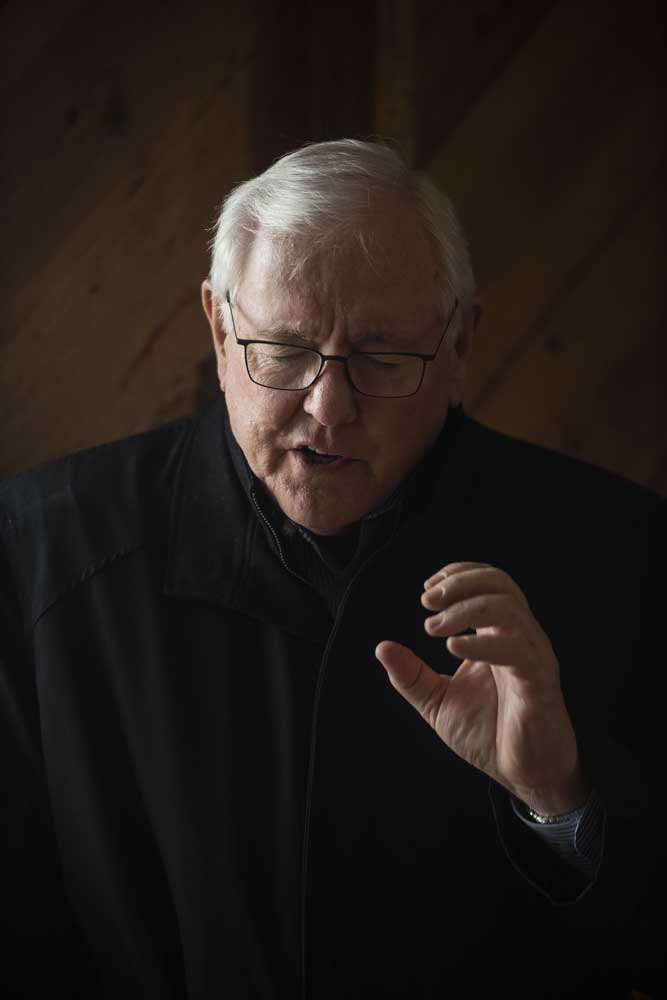Think of the opportunities you have to impact rural communities’ futures
Published 10:17 pm Wednesday, December 14, 2016

- Kyle Penney
Christmas music fills the air this time of year and I am reminded of a song I sang growing up in the Dallas suburbs. With both sets of grandparents living only a few miles apart near Cushing in Nacogdoches County, it was a Christmas tradition to load up the car and head to East Texas for the holidays. There was no song more appropriate for the trip than:
“Over the river and through the woods
To Grandmother’s house we go
The horses await to carry the sleigh
Through the white and drifting snow”
The song, adapted from a poem written by Lydia Maria Child in 1844, matched our situation through the first couple of lines. Upon heading east from the Metroplex, we would cross the Trinity River on the way to our grandparents in the East Texas Piney Woods. Unfortunately, the whole song breaks down for a Texas kid at that point, because there was rarely any snow, and certainly never enough to need a sleigh. Nevertheless, that was our mantra as we escaped the urban jungle for a few days of life on the farm over Christmas break.
The distinction between urban and rural was very real for me as a child, and remains at the forefront of my mind as I work in the field of philanthropy in the East Texas region. Noted Texas economist and Lindale native Ray Perryman recently published a weekly column titled “An Urban-Rural Divide?” The impetus for the column is the recent media attention given to the “divide” since the presidential election. By definition, “rural” means located in a county that is not in a Metropolitan Statistical Area. MSA is a core urban area with a population of more than 50,000, and by this definition, only Tyler, Longview and Texarkana are considered “urban” in the 32 county region served by East Texas Communities Foundation. Perryman’s column notes several key demographic differences and trends which are important to understand about our region.
First, Perryman observes that for the state as a whole, only 11 percent of Texans live in rural areas, while an analysis of local data indicates 63 percent of the population in East Texas is considered rural. As a result, any challenges facing rural areas are going to be observed much more frequently in East Texas. A second observation made by Perryman is that, “Rural residents tend to be older, as younger people appear to be leaving rural areas for the opportunities in urban areas.” A transfer of wealth study commissioned by ETCF in 2012 confirms this observation. With East Texas’ older population, the transfer of wealth is occurring at a rate between 10 percent and 30 percent faster than the nation as a whole, with counties that are considered more rural experiencing the highest rates. Lower income levels, which can be attributed to the aging population and lower labor participation rates, also were more common in rural areas. Interestingly, Perryman notes poverty rates in rural areas were very similar to urban areas, yet educational attainment rates were noticeably lower in rural areas. Picking on rural Americans as less educated is a favorite pastime of the media, but it could be exaggerated since educational attainment is higher among younger people, who flock to urban areas, and lower among older people who dominate rural populations.
In conclusion, Perryman writes, “The differences between urban and rural economies are very real,” citing fewer job opportunities and the resulting outmigration facing rural communities. Helping rural communities adapt to the information age and incubate local entrepreneurship is an important focus of rural economic development.
I have had the occasion to talk with many East Texans in the glass and steel confines of city buildings. I often discover that, though they live “in town” now, “home” is really a rural community – a place without curbs and stoplights. If you come from a place like that in East Texas and you journey there for a Christmas gathering, or perhaps only visit in your mind as you ponder childhood memories, would you do me a favor? Would you take a moment to consider the challenges that face your hometown and the opportunities you might have to impact its future? Perhaps there is an investment opportunity to open a new business or provide affordable housing. Maybe there is a charitable giving opportunity to support local schools or social service providers. We would love to help you think through the challenges, meet with local leaders, and develop a plan for you to give well in that place “over the river and through the woods.”
Guest columnist Kyle Penney is president of East Texas Communities Foundation and a Chartered Advisor in Philanthropy. The mission of ETCF is to support philanthropy by providing simple ways for donors to achieve their long-term charitable goals. To learn more about ETCF or to discuss your charitable giving, contact Kyle at 866-533-3823 or email questions or comments to etcf@etcf.org. More information is available at www.etcf.org.






